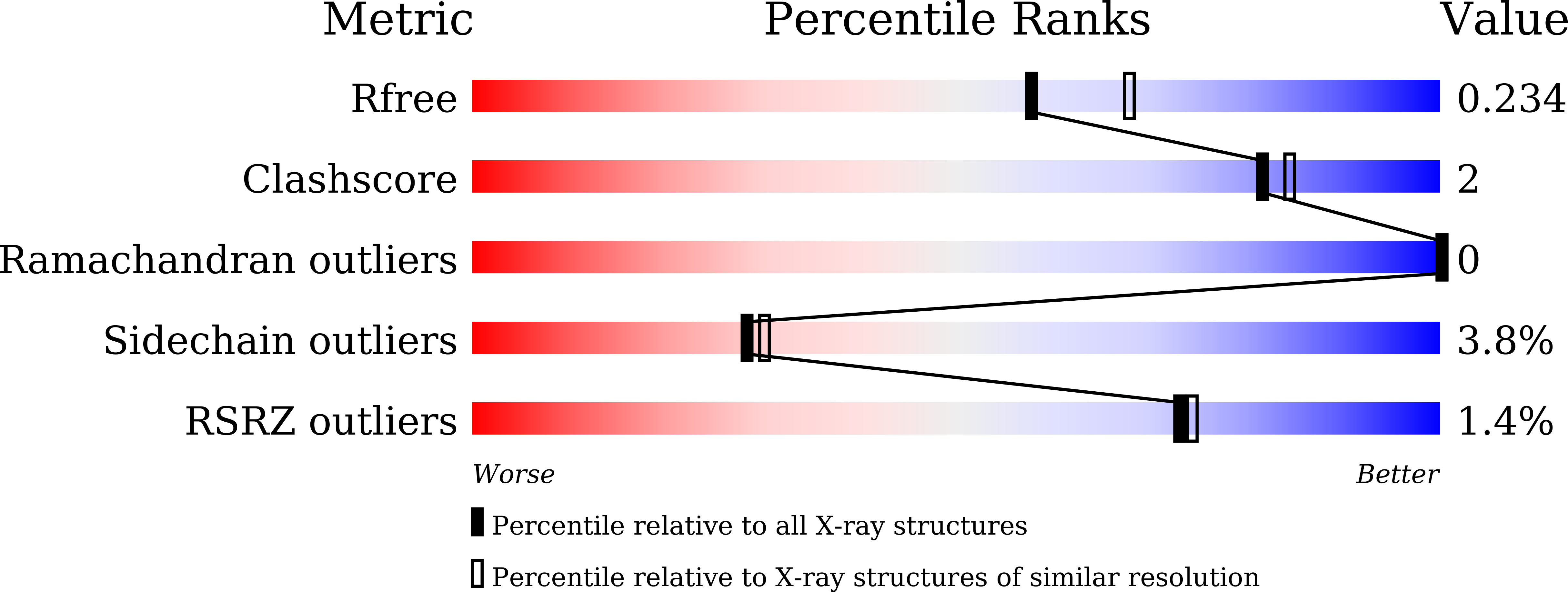
Deposition Date
2025-05-23
Release Date
2025-11-12
Last Version Date
2025-11-12
Entry Detail
PDB ID:
9V4B
Keywords:
Title:
Selective Production of Versatile L-Glyceraldehyde from C1 and/or C2 aldehydes
Biological Source:
Source Organism:
Aeromonas sp. ASNIH1 (Taxon ID: 1636606)
Host Organism:
Method Details:
Experimental Method:
Resolution:
2.10 Å
R-Value Free:
0.22
R-Value Work:
0.20
R-Value Observed:
0.20
Space Group:
C 2 2 21


